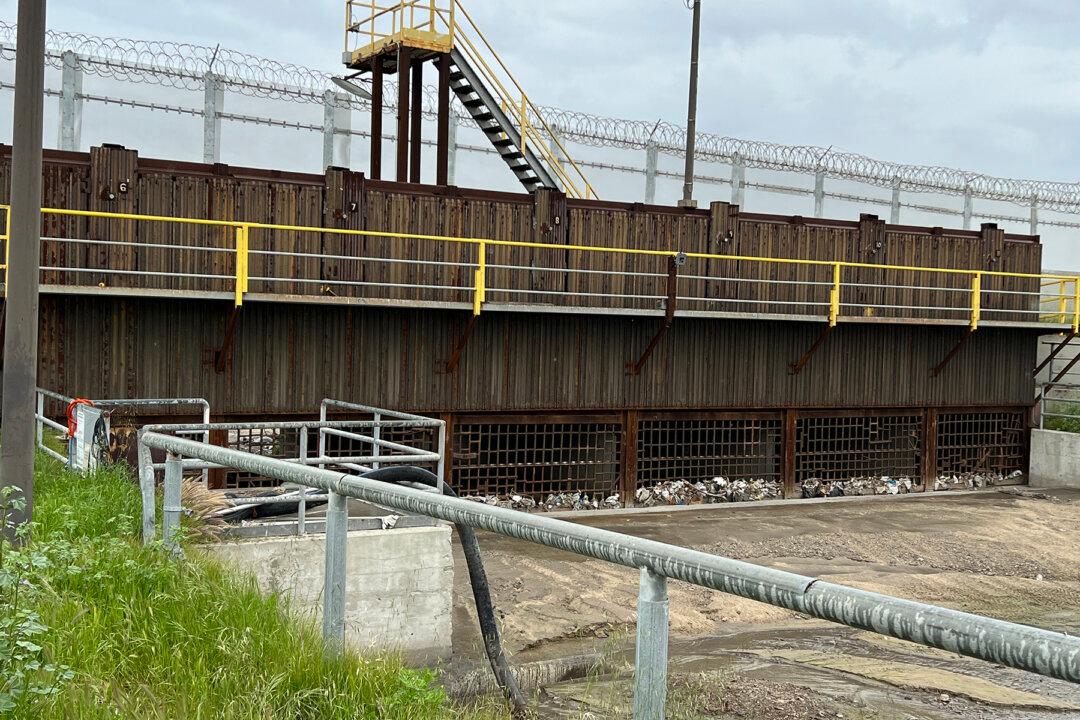SAN DIEGO—Federal agencies overseeing a plant in San Diego that treats wastewater coming through the border from Tijuana, Mexico, are accelerating part of an expansion project and expect it to be completed in 100 days instead of the previously projected two years, they announced on May 20.
This will provide significant relief to the decades-long border sewage crisis that has caused year-round beach closures and health issues affecting San Diego border communities, the U.S. Section of the International Boundary and Water Commission (USIBWC) and the Environmental Protection Agency (EPA) said.




